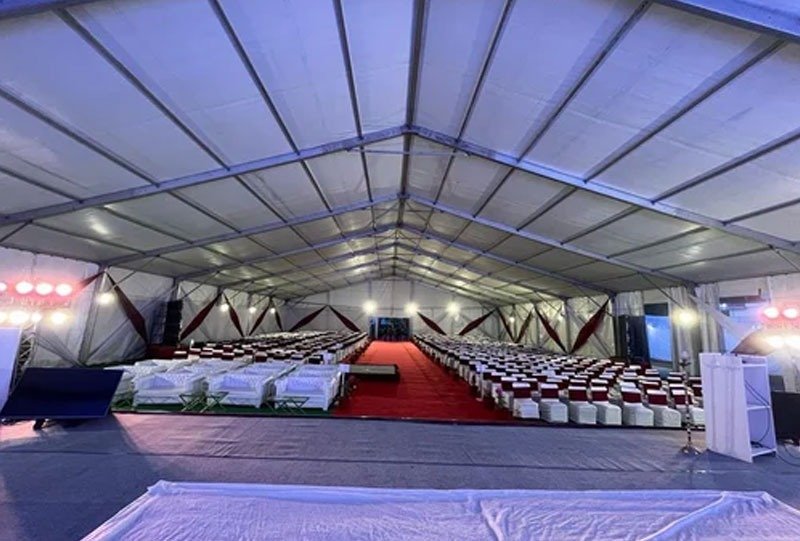Modern Barricades: Design, Functionality, and Applications
Barricades have been around for centuries, serving as crucial tools for maintaining safety and order in various environments. However, in today’s fast-paced world, barricades have evolved significantly, incorporating modern designs and materials that enhance their functionality and adaptability. From securing construction sites to managing crowds at events, modern barricades play a vital role in numerous applications. This blog will explore the design, functionality, and applications of modern barricades, shedding light on how they are essential for both public safety and operational efficiency.
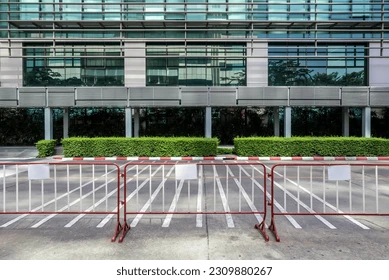
Modern Barricades: Design, Functionality, and Applications
Barricades have been around for centuries, serving as crucial tools for maintaining safety and order in various environments. However, in today’s fast-paced world, barricades have evolved significantly, incorporating modern designs and materials that enhance their functionality and adaptability. From securing construction sites to managing crowds at events, modern barricades play a vital role in numerous applications. This blog will explore the design, functionality, and applications of modern barricades, shedding light on how they are essential for both public safety and operational efficiency.
Understanding Modern Barricades
1. What Are Barricades?
Barricades are physical barriers used to control or restrict the movement of people, vehicles, or animals. Traditionally, barricades were simple structures made from wood or stone, designed to block passage or protect an area. Today, however, barricades have transformed into sophisticated devices with various designs and functionalities, tailored to specific needs and environments.2. Evolution of Barricade Design
The design of barricades has come a long way from their rudimentary beginnings. Modern barricades are crafted using advanced materials such as high-grade steel, aluminum, and heavy-duty plastics. These materials not only ensure durability and strength but also make the barricades lightweight and easy to handle. Additionally, modern barricades are often modular, allowing for quick assembly and disassembly, making them ideal for temporary applications.
Key Features of Modern Barricades
1. Durability and Strength
One of the primary features of modern barricades is their durability. Made from materials like steel and reinforced plastics, these barricades are built to withstand harsh weather conditions, impacts, and even deliberate damage. This strength ensures that the barricades remain effective for long periods, reducing the need for frequent replacements or repairs.2. Versatility in Design
Modern barricades come in various designs, each tailored to specific applications. For instance, water-filled barricades are commonly used for roadworks and construction sites. These barricades are lightweight when empty, making them easy to transport and set up. Once in place, they can be filled with water, adding weight and stability. On the other hand, metal barricades, such as crowd control barriers, are designed to manage large gatherings, providing a clear and secure boundary.3. Visibility and Safety
Safety is a top priority when it comes to barricades. Modern designs often incorporate reflective strips, bright colors, and even LED lighting to ensure maximum visibility, especially in low-light conditions. This visibility is crucial for preventing accidents, particularly in areas with heavy vehicle or pedestrian traffic.4. Ease of Use and Transport
Gone are the days when setting up a barricade required heavy machinery and a team of workers. Modern barricades are designed with ease of use in mind. Many are lightweight and can be quickly deployed by a single person. Some designs even feature wheels or handles, making transport a breeze. This portability is particularly beneficial for emergency services and event organizers who need to quickly adjust barricade placements.
Applications of Modern Barricades
Modern barricades are used across various sectors, each application highlighting their versatility and importance.
1. Construction Sites
Construction sites are one of the most common places where barricades are used. Here, they serve multiple purposes, from keeping unauthorized personnel out to protecting workers from potential hazards. Barricades also help in demarcating safe zones and guiding traffic around the site, ensuring that both workers and passersby remain safe.2. Road Safety and Traffic Management
In road construction and maintenance, barricades are indispensable. They help in directing traffic away from construction zones, reducing the risk of accidents. Barricades are also used to create temporary lanes or block off dangerous areas, ensuring that both workers and drivers remain safe. Water-filled barricades, in particular, are popular in these scenarios due to their stability and visibility.3. Crowd Control at Events
Whether it’s a music festival, a sports event, or a political rally, managing large crowds is always a challenge. Barricades are an essential tool for event organizers, helping to maintain order and ensure the safety of attendees. Crowd control barriers are specifically designed for this purpose, providing a clear boundary and guiding the flow of people.4. Perimeter Security
In high-security environments such as airports, government buildings, and military bases, barricades are used to establish a secure perimeter. These barricades are often more robust, sometimes incorporating anti-ram technology to prevent unauthorized vehicle access. By creating a physical barrier, these barricades help deter potential threats and enhance overall security.5. Disaster Management and Emergency Response
During natural disasters or emergencies, barricades are crucial for establishing safe zones and guiding evacuation routes. They can be quickly deployed to block off dangerous areas, such as flooded streets or collapsed buildings, helping to prevent further accidents. In these situations, the portability and ease of use of modern barricades are particularly valuable, allowing emergency responders to act swiftly and efficiently.
Choosing the Right Barricade for the Job
With so many types of barricades available, selecting the right one for a specific application can be challenging. Here are a few factors to consider:
1. Purpose
The first step in choosing a barricade is to determine its purpose. Is it for crowd control, traffic management, or perimeter security? Different applications require different types of barricades. For example, a lightweight plastic barricade may be ideal for guiding foot traffic at an event, but it wouldn’t provide the necessary security for a high-risk area.2. Environment
The environment in which the barricade will be used also plays a crucial role in the selection process. Barricades used outdoors must be able to withstand weather conditions like rain, wind, and UV exposure. For indoor applications, such as in a warehouse or factory, durability and visibility may be more important.3. Material
The material of the barricade affects its durability, weight, and cost. Steel and aluminum are strong and durable, making them suitable for high-security applications. However, they are also heavier and more expensive. Plastic barricades, on the other hand, are lightweight and affordable, but they may not provide the same level of security or durability.4. Portability
If the barricade needs to be frequently moved or repositioned, portability is a key consideration. Lightweight barricades with wheels or handles are ideal for applications where quick deployment and adjustment are necessary.5. Visibility and Safety Features
For applications in high-traffic areas or low-light conditions, barricades with reflective strips, bright colors, or LED lights are essential. These features enhance visibility and safety, reducing the risk of accidents.
The Future of Barricades: Innovation and Technology
As with many other aspects of modern infrastructure, technology is beginning to play a significant role in the development of barricades. Here are a few innovative trends shaping the future of barricades:
1. Smart Barricades
With the advent of smart technology, barricades are becoming more than just physical barriers. Some modern barricades are equipped with sensors that can detect movement, temperature changes, or unauthorized access. These smart barricades can send real-time alerts to security personnel, enhancing the overall safety and security of an area.2. Solar-Powered Barricades
Sustainability is a growing concern in many industries, and the barricade industry is no exception. Solar-powered barricades are an emerging trend, using renewable energy to power lights or electronic components. This not only reduces the environmental impact but also provides a reliable power source for barricades used in remote or off-grid locations.3. Modular and Expandable Designs
The demand for flexibility and adaptability is driving the development of modular and expandable barricades. These designs allow users to easily extend or modify the barricade setup, catering to changing needs and environments. This is particularly useful in dynamic settings like construction sites or large events, where the requirements can evolve rapidly.4. Integration with Other Security Systems
In high-security environments, barricades are increasingly being integrated with other security systems, such as CCTV cameras, access control systems, and alarm systems. This integration creates a comprehensive security solution, enhancing both physical security and surveillance capabilities.
Conclusion
Modern barricades are more than just barriers; they are essential tools that play a critical role in maintaining safety and order in a variety of settings. From construction sites and roadways to events and high-security facilities, barricades provide the necessary protection and control needed to manage different environments effectively. With advancements in materials, design, and technology, the future of barricades looks promising, offering even more innovative solutions to meet the evolving needs of our world.As we continue to prioritize safety and efficiency, the importance of choosing the right barricade for each application cannot be overstated. By understanding the different types of barricades available and their specific features, you can ensure that you select the best option for your needs, providing reliable protection and peace of mind.
For more information on modern barricades and other infrastructure solutions, feel free to explore our website at MM Infrastructure. We offer a wide range of products and services designed to meet your specific requirements, backed by years of experience and expertise in the industry.

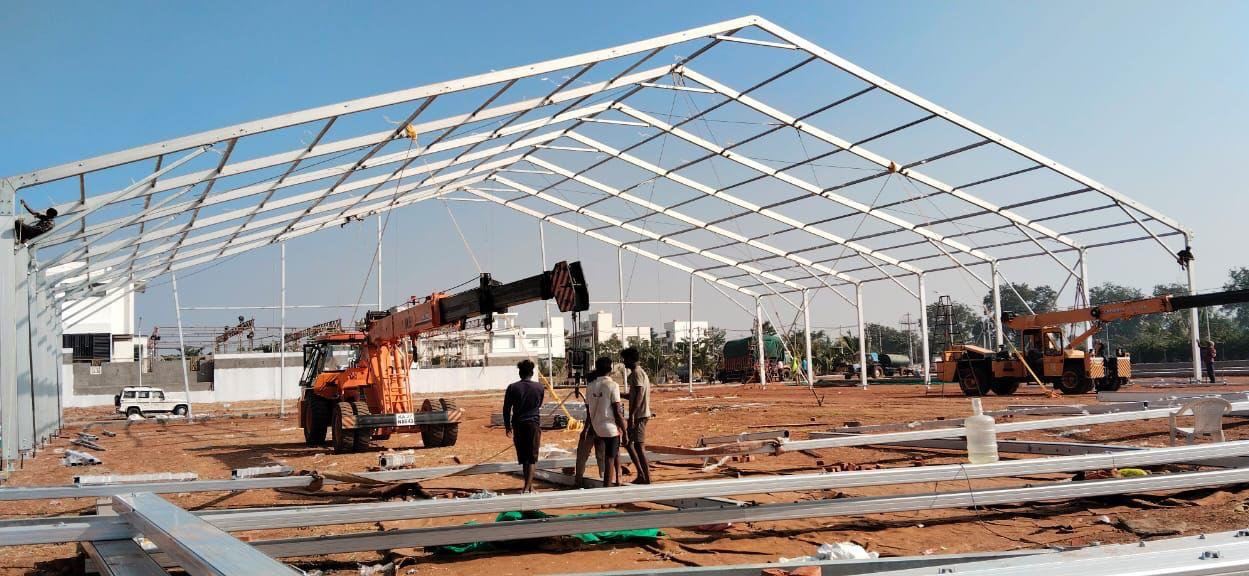
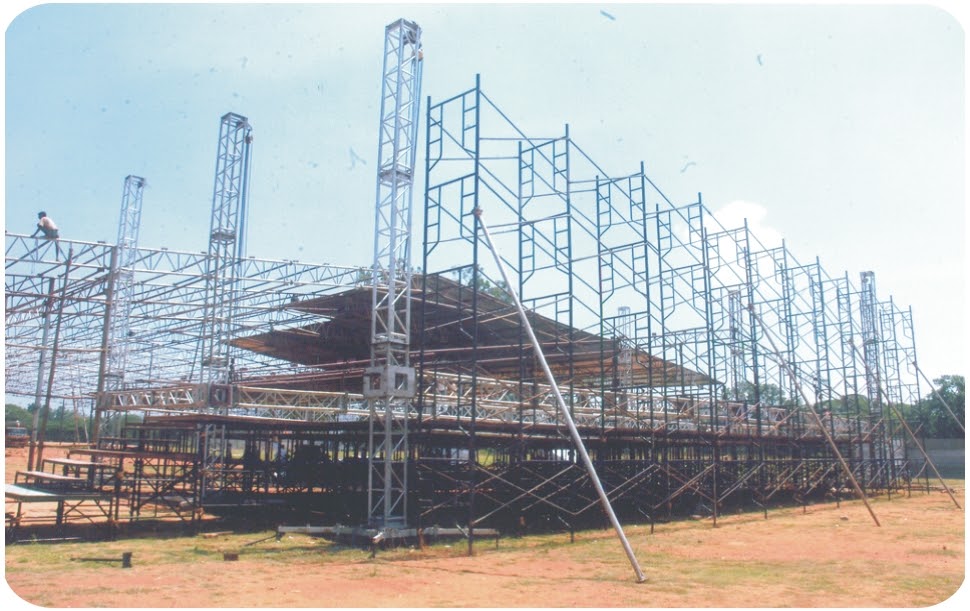

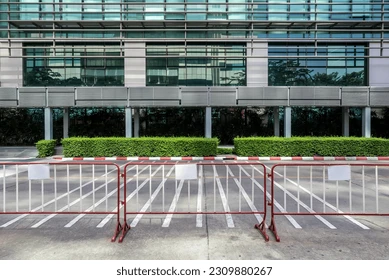

.jpeg)
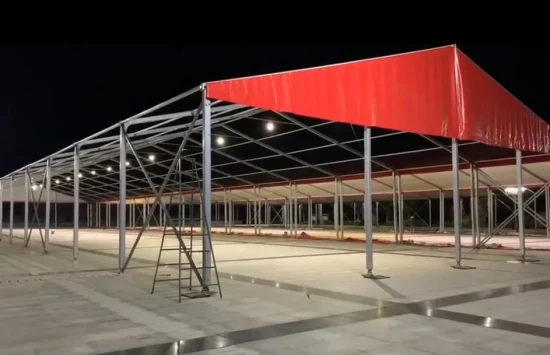


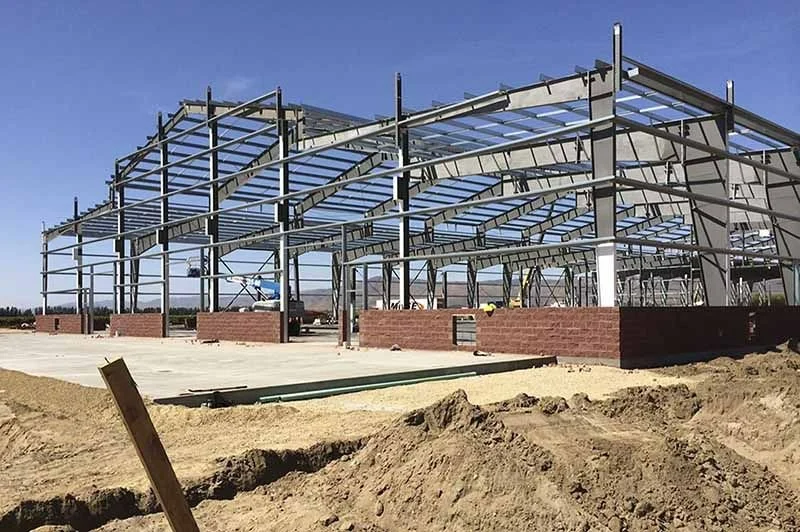

.webp)
